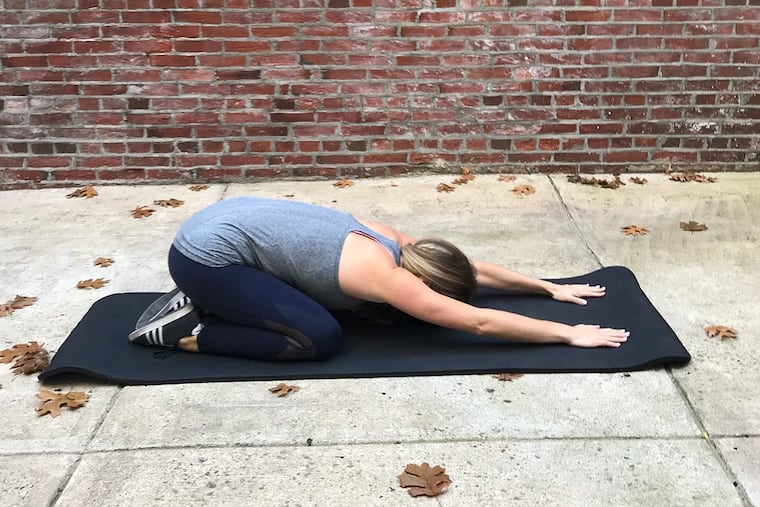Exclusive to subscribersYou can now gift articles
Exercises to ease the symptoms of fibromyalgia
While exercise may seem like an unlikely cure for muscle and joint aches, staying active can actually help ease discomfort.

While exercise may seem like an unlikely cure for muscle and joint aches, staying active can actually help ease discomfort.
